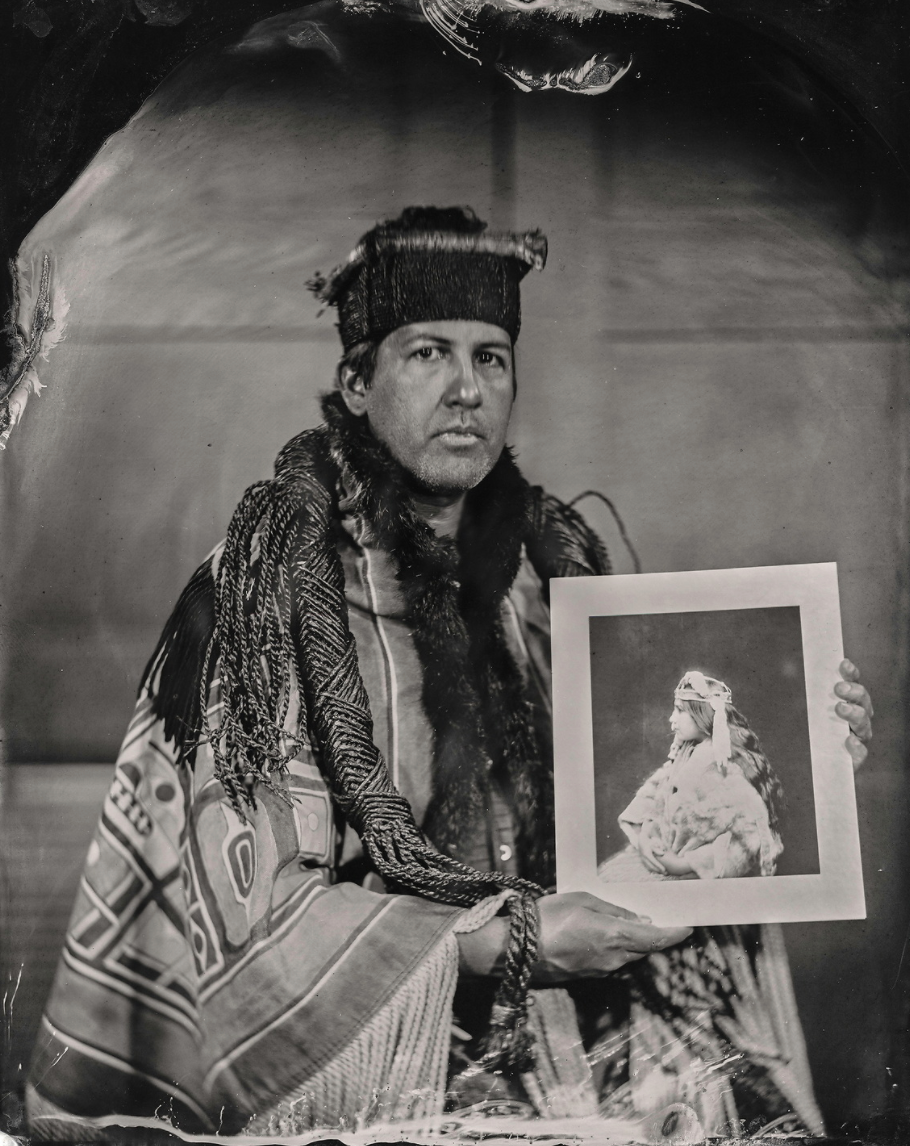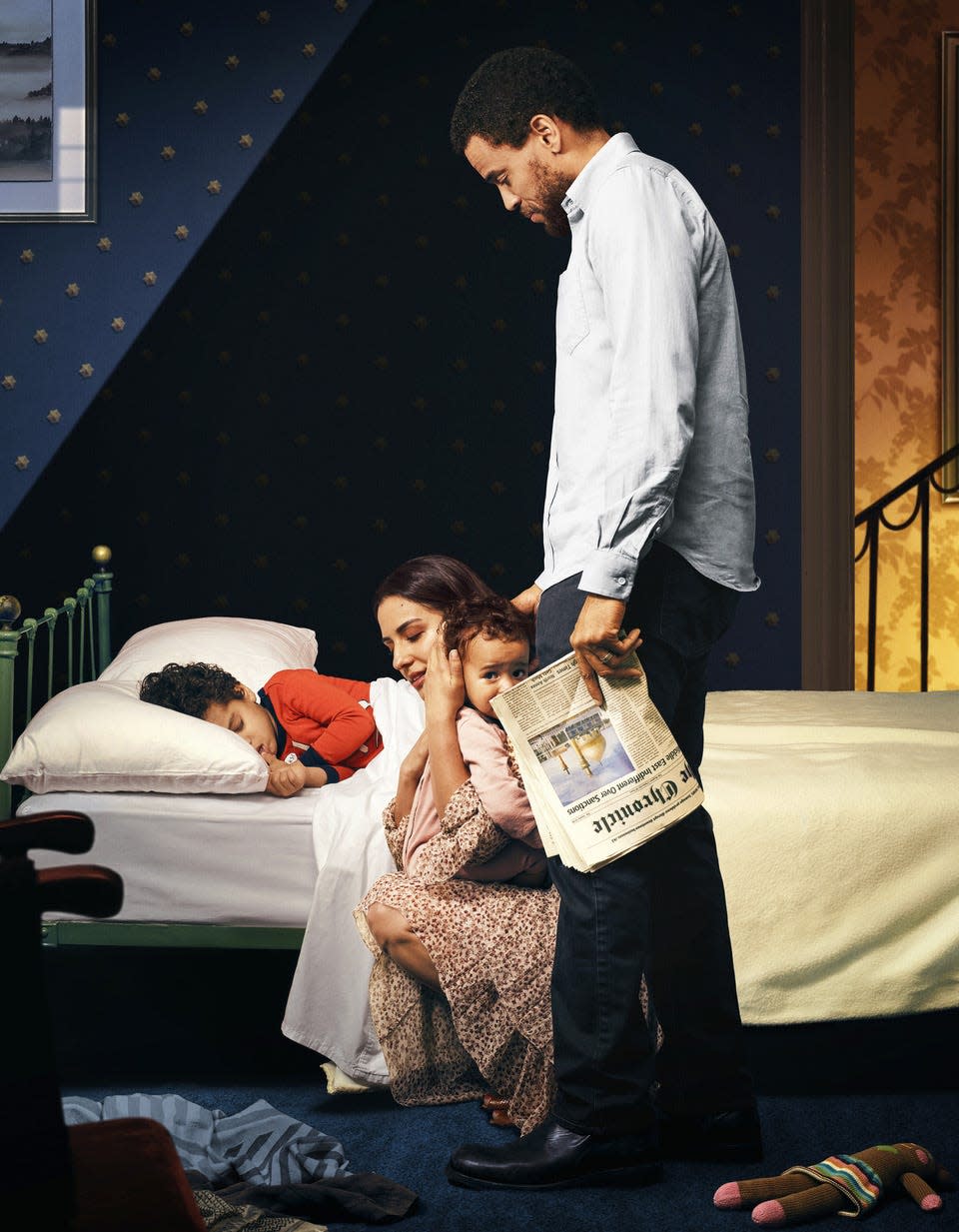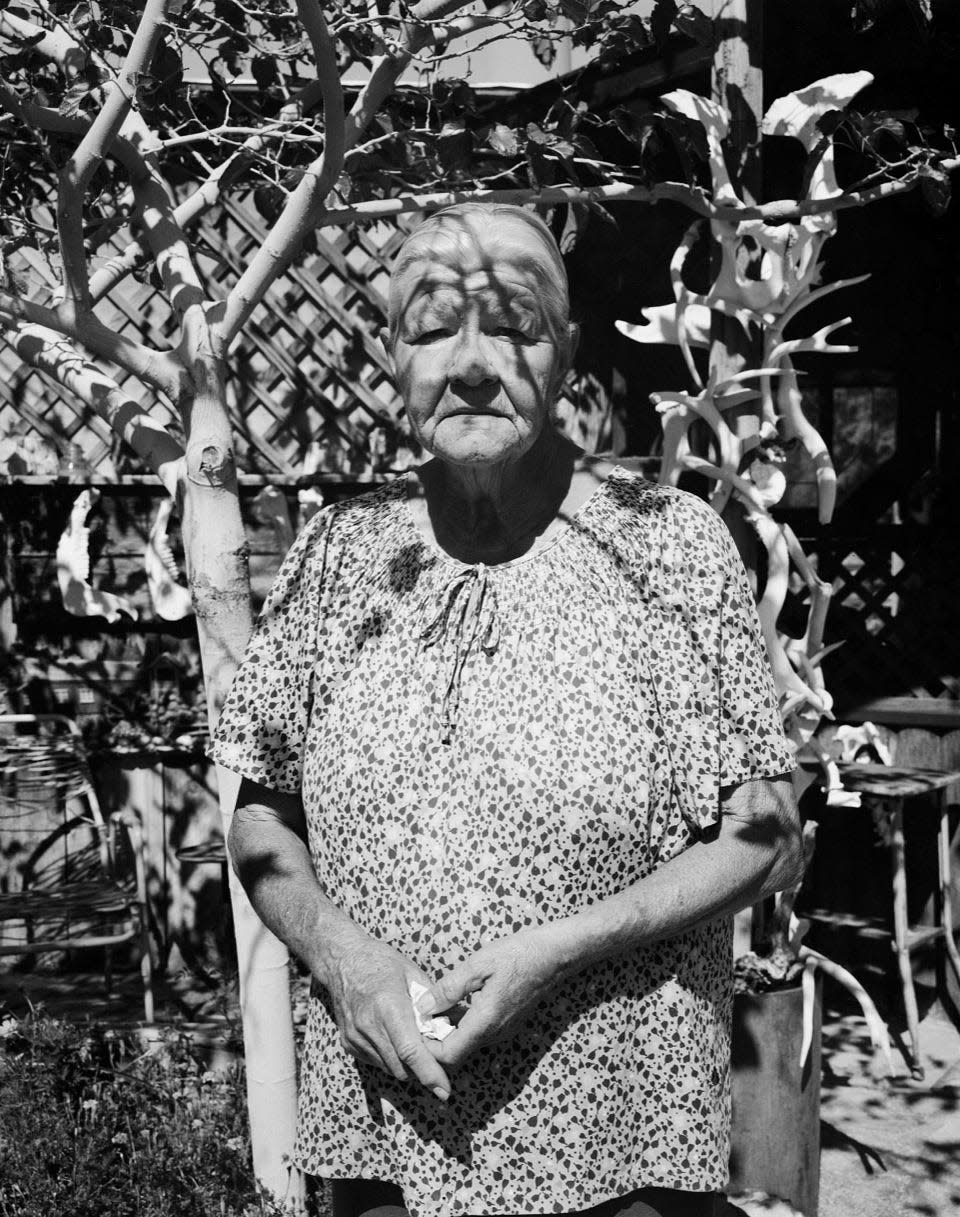Visual arts: Portraits, landscapes, history converge to create snapshots of American life

With his 1860 poem, “I Hear America Singing,” Walt Whitman proclaimed through the “varied carols” he heard that the country celebrated its common people — their diversity and contributions to American life.
Maybe not so much in our present day. Have all Americans — indigenous people, African Americans, immigrants, for example — experienced their inalienable rights and been celebrated for their contributions?
A new exhibit at the Pizzuti Collection in the Short North presents more than 60 photographs by 16 artists offering a new take on the issue. “I Hear America Singing: Contemporary Photographs From America” attempts to look at, redefine and present a portrait of national identity.
Organized by independent curator Ashley Lumb, it was the first exhibition of American photography to take place in Amman, Jordan, presented there in 2021.
Visual Arts: The Great Depression meets modern pandemic in 'Chronicles' photo exhibit
“The intention was to highlight, particularly for an audience abroad, the diversity of experiences and people in this country,” said Tyler Cann, director of exhibitions and curator of contemporary art at the Columbus Museum of Art, which owns and operates the Pizzuti Collection.
At the Pizzuti Collection, the exhibit — whose informational panels are presented in English and Arabic — will run through Jan. 22. In October, the exhibit will be part of the 2022 FotoFocus Biennial, a celebration of photography with events throughout Ohio and Kentucky.
The photographs, all by American artists, address three themes: portraiture, landscape and American history.

William Wilson, a citizen of the Navajo Nation, photographed and filmed his Native American subjects, creating “talking tintypes.” Utilizing their cellphones, visitors can see his Edward Curtis-like portraits come to life — talking, making music and even dancing for a few minutes.
For Freedoms, an artist platform co-founded by Hank Willis Thomas and Eric Gottesman, revisits Norman Rockwell’s classic paintings but with diverse subjects. In “Freedom from Fear,” for instance, a Muslim couple tucks their children into bed while holding a copy of a newspaper with a headline about attacks on their religious community.
Michael Lundgren created black-and-white portraits of visitors and inhabitants of the American West. “Dusty Morris, Owens Valley, California” is a gelatin silver print of a woman, her eyes nearly shut, standing before trees and a lattice fence, their shadows falling over her face and body.

In her inkjet print “The Wall,” Griselda San Martin documents Friendship Park, an area between Tijuana, Mexico, and San Diego, where people separated from their loved ones can communicate through a fence without crossing the border.
Many of the landscape photographs are gorgeous even as they represent human assault on the natural environment. Lucas Foglia’s “Surface Mining, Newmont Mining Corporation, Carlin, Nevada, 2012” captures a beautifully colored road cutting through the landscape.
Sounds of faith: Traditions of different faiths cross boundaries and mingle in 'Religious Soundscapes'
Alex MacLean, a pilot as well as a photographer, produced aerial views of sections of the country, including “Streaks Down the Radius, Hopkinsville, Kentucky,” a look at a golf course cutting through what looks like land subjected to surface coal mining.
Historical perspectives are taken by Greg Stimac, whose “Golden Spike” is a photogram of the spike that joined the rails of the First Transcontinental Railroad; and Pamela Pecchio, who reevaluates founding fathers with her photographic collages.

If there is a pattern to the photographs beyond a revisionist look at the poem in Whitman’s “Leaves of Grass” collection, it’s that that the artists often employed layers of both construction and meaning in their works. Archival photographs are blended with current scenes; landscape shots can be folded origami-style and reshot to produce an entirely new image; historical figures and events are considered and reconsidered.
The photographs — beautiful and beautifully created — are also impressive in their depth of meaning and their attempt to take an honest look at the people and land that is America now.
At a glance
“I Hear America Singing” continues through Jan. 22, 2023, at the Pizzuti Collection of the Columbus Museum of Art, 632 N. Park St. Hours: 10 a.m. to 5 p.m. Fridays through Sundays. Admission: $5, free for members, age 3 and younger, veterans and active military and their families. Call 614-221-6801 or visit www.columbusmuseum.org.
This article originally appeared on The Columbus Dispatch: Pizzuti Collection photo exhibit shows diverse American experiences

